
Bulgaria, country number 76 on my journey to visit every country in the world, is an interesting one in many aspects and probably most famous for its notorious party resort Sunny Beach. If you are wondering whether Bulgaria is worth a visit, the short answer is: it depends on who is asking. Check out my article where I answer this question in great depth. As for me, since I am on the road to visit every country in the world, a stop in Bulgaria was mandatory – but I was not disappointed! In total, I spent a week in the country and managed to explore both the Rila mountain range as well as the Black Sea coast.
A week is the ideal amount of time to spend in Bulgaria if you want to see all sides of the country. In one week you will be able to explore its mountain range, the capital of Sofia, several UNESCO World Heritage sites, small villages, the legendary Buzludzha monument as well as the Black Sea coast. With that said, taking a trip to Bulgaria is worth it even if you don’t have a full week to spare and in this post, I aim to break down how to best utilize your time depending on the amount of days you are looking to spend in the country.
2 Days in Bulgaria
If you find yourself with just a weekend to spare, don’t worry; a trip to Bulgaria’s capital and it surroundings is still worth the trip and has plenty to offer for just a short visit. Here’s a detailed 2-day itinerary:
Day 1: Exploring Sofia – The Capital City
1. Kick off your day at the iconic Alexander Nevsky Cathedral, a stunning example of Bulgarian Orthodox architecture.
2. Take a stroll through the streets of Sofia, where you’ll encounter an interesting blend of Social Realism and older-style Baroque architecture. The Vitosha Boulevard is the main street, which runs through Sofia and here you will find an abundance of shops and restaurants. From the boulevard, the adjacent mountains (often snow-capped) are visible, which gives the view a cool dimension.
3. Lunchtime is a great opportunity to try some authentic Bulgarian cuisine at a local restaurant, indulging in traditional dishes like Shopska Salad or Banitsa (Bulgarian cheese pie).
4. Personally, I’m not much of a museum guy so instead, if the weather permits, I would recommend renting a bike to continue your exploration of the city. Bikes can be rented here. If you are interested in some weird communist art, check out the Socialist Art Museum in Sofia, which presents several busts and sculptures of both Lenin and Stalin, a quite strange experience.
5. For dinner, I recommend that you check out the traditional Bulgarian restaurant Hadjidraganov. There are two locations in Sofia and I have tried them both; they serve delicious traditional Bulgarian meals. One is located in the city center, a few blocks away from the National Palace of Culture, see the map. The other is located close to the central train station. Note: do remember to make a reservation ahead as it’s a popular restaurant in town and tables are booked quickly.
To be quite frank, you can easily explore Sofia in a full day. The city, although interesting, does not offer endless things to see and do, so you will feel that one full day will be sufficient to spend in the Bulgarian Capital.
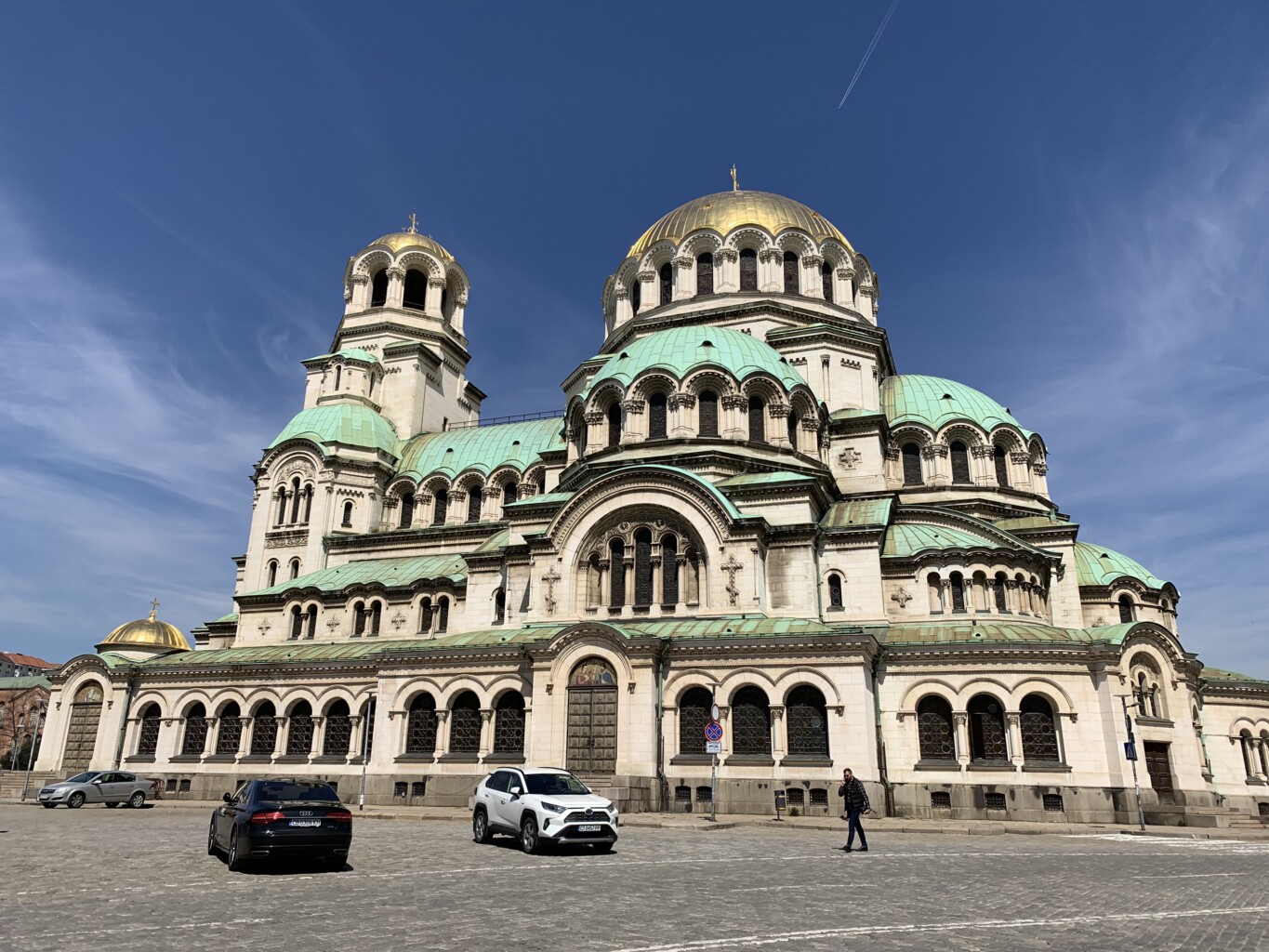
Day 2: Take a Hike or a trip to Rila Monastery
On your second and last day, you have two options, as I see it. The first is that if you are the more adventurous type of person, like me, I would recommend that you spend your day hiking in the nearby mountains (In summer, it is even possible to hike to the highest mountain in Bulgaria, Musala Peak, at 2,925 m above sea level on a day trip). The second option is a more culturally oriented trip to Rila Monastery, a UNESCO World Heritage Site and one of Bulgaria’s most treasured cultural landmarks.
Option 1.1: Hike to the Seven Rila Lakes
The Seven Rila Lakes hike is one of the most beautiful hikes near the Bulgarian capital and absolutely doable on a day trip. To get there, I would recommend that you rent a car; car rentals in Bulgaria are affordable, so you won’t break the bank by renting one for a day.
To get there you will need to drive to a small town called Sapareva Banya and from there continue on a smaller road up to a chair lift, in total the trip will take around 1 hour and 30 minutes. The chair lift will take you up the mountain where you will start your hike. From there the route is well-marked. In total, it will take you roughly 5 hours to see the lakes in a round-trip. I personally tried to do the hike in April, however it was waaay too much snow up there to do the hike, check out the photos below.

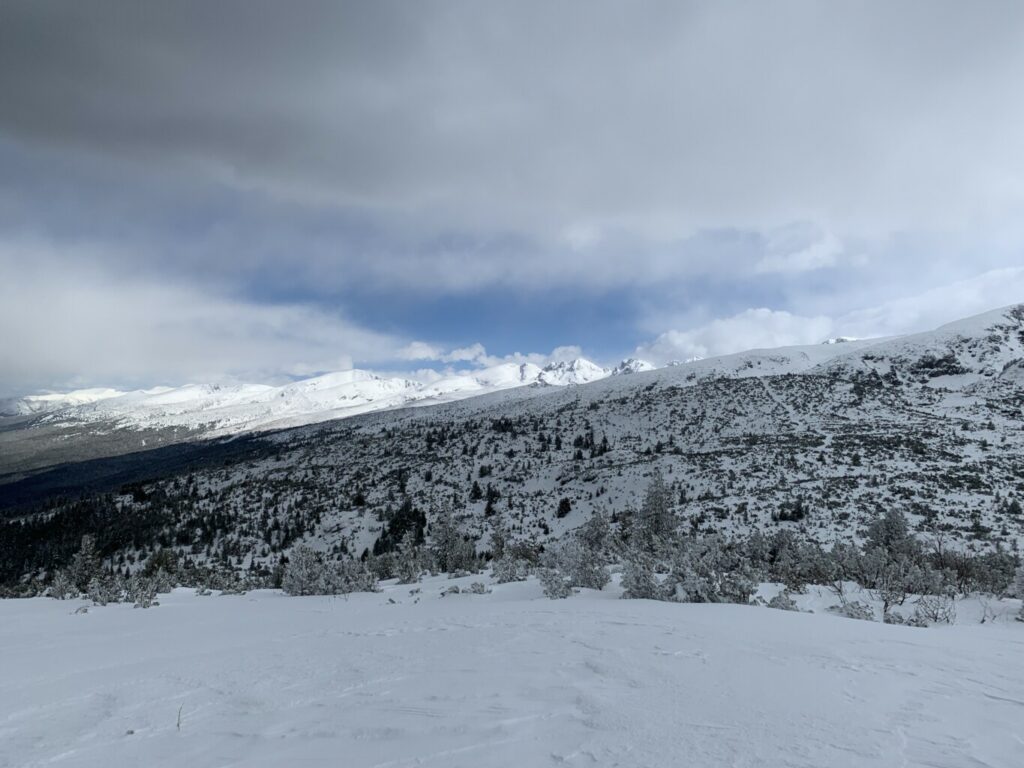
Option 1.2: Hike to the Boyana Waterfall near Sofia.
If you don’t want to rent a car and avoid the hassle of going to the Seven Rila Lakes, but still want to get in touch with nature, a hike to the Boyana Waterfall located near Sofia is a good alternative.
Located in the Boyana district on the outskirts of Sofia, situated in the Vitosha Mountain, lies the Boyana Waterfalls. It’s only a short 5 km easy hike to reach from the base of the mountain. To get to the starting point, you need to get to the bus station Boyansko Hanche and from there walk for about 10 minutes before the trail starts. Check out the map here. Once at the waterfall, you can relax and enjoy the peace and quiet that comes from walking in nature.
Option 2: Rila Monastery Day Trip
Wake up early and head on a day trip to the Rila Monastery, a UNESCO World Heritage Site and one of Bulgaria’s most treasured cultural landmarks. The monastery is famous for its stunning Eastern Orthodox architecture, historical importance in preserving Bulgarian culture and spirituality, especially during Ottoman rule, and its role in the Bulgarian National Revival. Its location in the scenic Rila Mountains adds to its appeal as a spiritual and cultural landmark.
The most common way to get to the Rila Monastery is by taking a shuttle bus that runs daily from Sofia city center; it costs 25 euros for a two-way trip. The shuttle leaves at 12 am and takes about two hours. The shuttle bus offers 3 different pick-up locations. Tickets need to be booked in advance and they can be booked here.
4 Days in Bulgaria
With four days at your disposal, you can accomplish a lot more than the short 2-day trip. However, while you might get away without a car in the 2-day itinerary, in the 4 day itinerary it is mandatory. So make sure you rent from day 2 and beyond.
Day 1: Sofia
The 4-day itinerary starts off much like the 2 day itinerary with exploring Sofia. Remember to check out the iconic Alexander Nevsky Cathedral as well as the busy Vitosha Boulevard with its imposing view of the Vitosh mountain to the south.
Enjoy your dinner at the traditional Bulgarian restaurant “Hadjidraganov’s Cellar”, which offer traditional bulgarian cuisine. Another option is, although obviously not Bulgarian, to check out the Russian Restaurant Arbat in Sofia. Being somewhat of a Russophile myself, I found it to serve very delicious Russian specialties such as Olivier and pelmeni.
Day 2: Plovdiv – Bulgaria’s Cultural Capital
After your day exploring Sofia, it’s time to head to the second-largest city in the country: Plovdiv. Plovdiv is actually the oldest city in Europe, after Athens, dating back over 6,000 years. Impressive, right? Its location in Bulgaria made it a crossroads for various civilizations, including Thracian, Greek, Roman, Ottoman, and Bulgarian. Each left their mark on the city, from ancient theaters and stadiums to beautiful old buildings. This blend of cultures over thousands of years has created a unique historical and architectural heritage, making Plovdiv an interesting place with layers of history visible. In 2019, the city was even named the European Capital of Culture to highlight its cultural richness and diversity.
The drive to Plovdiv from Sofia takes about 2 hours. There is also the possibility of taking the train to Plovdiv, which takes slightly longer and leaves on a regular basis from Sofia central station. The train costs 52 leva (26 euros) for a one-way ticket.
The best thing you can do is to spend your day wandering around the city and enjoy the atmosphere of this historical city.
Some other places in Plovdiv that you should consider visiting:
Kapana District: Explore this artsy neighborhood, known for its creative vibe, with galleries, craft shops, and cafes.
Old Town: Walk through the cobblestone streets, admiring the colorful 19th-century houses and historical architecture.
Ancient Roman Theater: Visit this well-preserved amphitheater, which still hosts performances today.
Nebet Tepe: Climb to this ancient hilltop for great views of the city and to see the remains of ancient fortifications.
Roman Stadium: Check out the partial remains of this large Roman stadium, right in the center of the city.
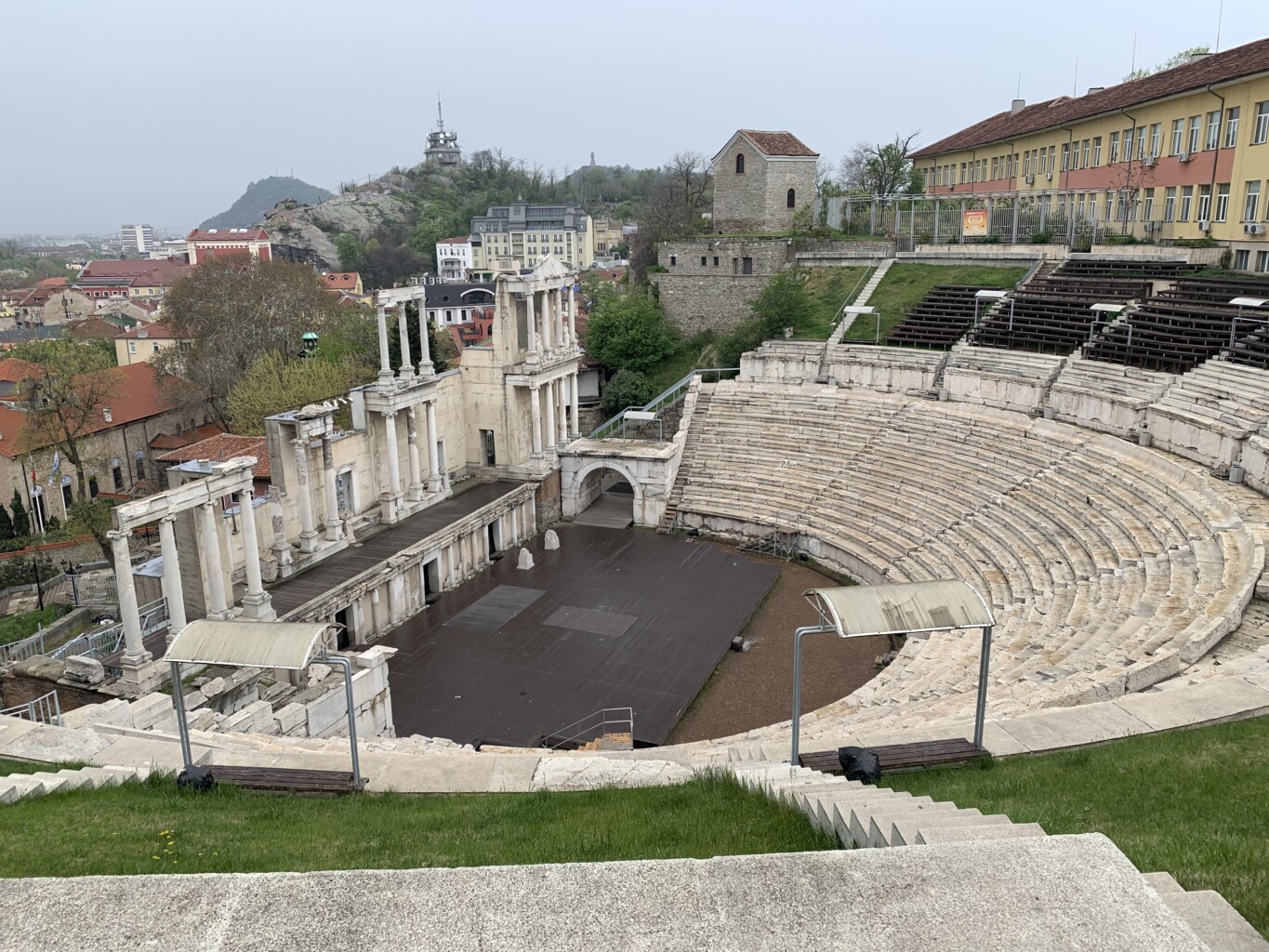
Where to stay: Plovdiv City Center Hotel is a very affordable accommodation with its excellent location in the center of Plovdiv. Rooms can be booked here.
Off-the-beaten path
If you really want to get out off the beaten tourist track then make sure that you stop by the Gypsy slum located in the outskirts of Plovdiv know as Stolipinovo. Its the largest gypsy slum in Europe and the place is an absolute mess, with trash in piles on the side of the road, which gives you a feeling as if you have arrived at the city dump. I personally took a drive through the area and was shocked at what I saw.
Day 3: The Valley of Roses and Buzludzha monument
Valley of Roses
Bulgaria, famously known as the Country of Roses, is particularly celebrated for the Rosa Damascena – a type of rose that flourishes in its valleys, thanks to the country’s extensive history in rose cultivation and production. The Valley of Roses is where the city of Kazalak is located and it stands at the epicenter of this tradition, famed for its production of exquisite rose oil.
Visiting the Valley of Roses is most magical from late May to early June, a time when the Rosa Damascena reaches full bloom, filling the air with its fragrance. This period often aligns with Kazanlak’s renowned Rose Festival, usually held in the first week of June. The peak bloom usually coincides with the famous Rose Festival in Kazanlak, which typically takes place in the first week of June. This festival includes rose picking events, folk music, dancing, and various cultural activities, offering a unique experience for visitors.
Buzludzha monument
For those whose visit to Bulgaria falls outside the May to early June window, or for those who share my fascination with unique World War II memorials and abandoned communist edifices, Bulgaria presents a remarkable sight: the Buzludzha Monument. Situated not far from the Valley of Roses, this monument is among the most striking communist relics I’ve encountered. I’ve detailed its intriguing history, the reasons behind its construction and abandonment, and tips on how to reach it in a comprehensive post – be sure to check it out.
To get to the Valley of Roses and Buzludzha monument from Plovdiv is about a 2 hour drive.
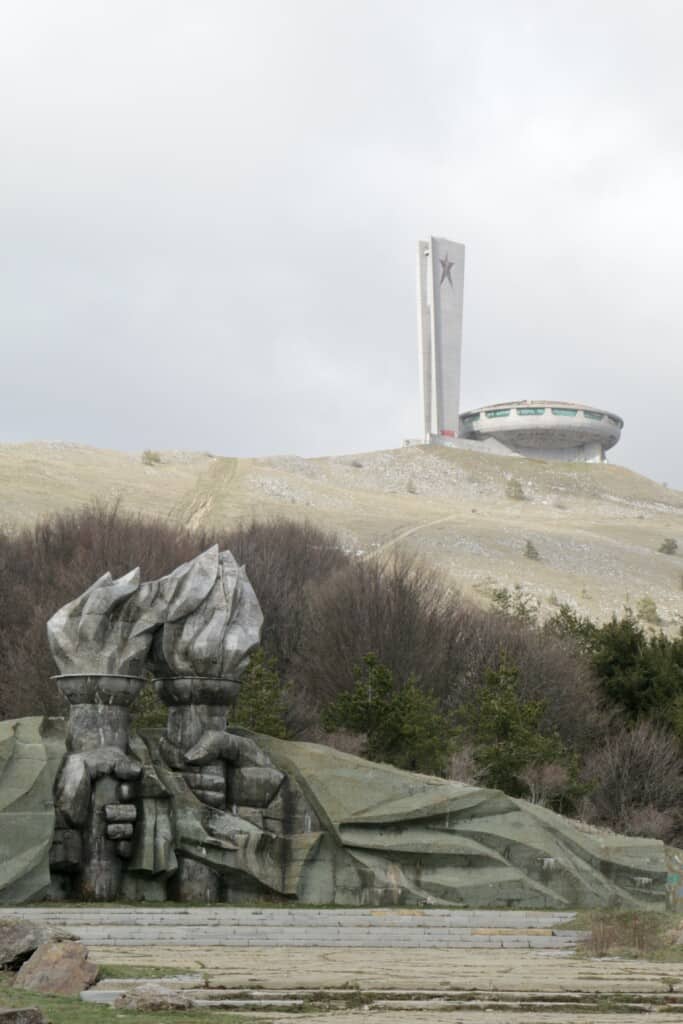
Having checked these destinations off the list, we continue our journey across Bulgaria and through the Balkan mountains towards Veliko Tarnovo, one of Bulgaria’s most picturesque towns, which is roughly 1 hour and 30 minutes away.
However, on the road towards Veliko Tarnovo, I suggest that you take a little detour to the town of Tryavna. Tryavna is a small picturesque town with traditional Bulgarian houses. Find a local restaurant and enjoy your lunch here after you have wandered the charming streets of this small town. From Tryavna the drive to Veliko Tarnovo is no longer than 45 minutes.
Day 4: Veliko Tarnovo – The Historic Capital
Veliko Tarnovo is a historical and significant city in Bulgarian history primarily since it was the capital of the Second Bulgarian Empire, a role it played from 1185 to 1393. This period was a golden age for Bulgaria, marked by political and cultural development. Its strategic location along the Yantra River and surrounded by hills enhanced its importance for trade and military purposes. The city’s architectural landmarks, like the Tsarevets Fortress, are reminders of this era and are key to understanding Bulgaria’s medieval history.
Start your day by checking out the famous Tsarevets Fortress. Originally inhabited since ancient times, the fortress became significant in the Second Bulgarian Empire as the emperor’s residence and a stronghold. The fortress, with its ruins of the palace, church, and defensive walls, was a center of power until it was capture by the Ottomans in the 14th century, leading to its decline.

The pace is slow in Veliko Tarnovo and after checking out the fortress, stroll the historic town with its charming cobblestone streets, traditional houses, and artisan workshops. Enjoy a panoramic view of the Yantra River from the Asen’s Monument viewpoint.
For dinner or lunch I recommend that you check out the Gurko Tavern restaurant, serving delicious traditional Bulgarian meals in a beautiful setting. Before heading back to Sofia either in the evening or early morning on day 5, depending on your flight time. The drive between Sofia and Veliko Tarnovo takes between 2 h 30 min to 3 h.
7 Days in Bulgaria
Although 4 days might be enough to get a quick sense of Bulgaria more than just the capital of Sofia. A full week in Bulgaria opens up the opportunity to really get a complete sense of the country from the mountains in the West to the Black Sea in the East. However in contrary to the 4-day itinerary I would change the route somewhat to make it more convenient.
Days 1-3: Sofia and Veliko Tarnovo
Follow the 2-day itinerary for Sofia and on day 3 head to Veliko Tarnovo in the morning. The trip from Sofia will take you about 2-3 hours and is a scenic ride through the Balkan mountains. Since the drive isn’t too long you will have plenty of time left in the day to explore the city of Veliko Tarnovo. Follow the my recommendations for Veliko Tarnovo as described in the 4-day itinerary.
Day 4: Buzludzha Monument and Shipka Pass – Soviet-Era Relics
On day 4, you will continue your journey through the Balkan Mountains, making a stop in the small town of Tryavna for lunch or coffee and a relaxed walk around the traditional Bulgarian houses.
After a coffee or something to eat you will continue your journey to the Buzludzha Monument. Check out my article which gives all the information about the monument and on how to get there. It is without don’t the coolest communist monument in Europe, and I have seen many of them trust me! Continue your exploration through the picturesque Shipka Pass, surrounded by the majestic Balkan Mountains and make your way towards the Black Sea town of Burgas. The drive from Veliko Tarnovo to Burgas takes approximately 2 h 30 min, but expect to take a few hours longer as you make a detour to both Tryavna and the Buzludzha Monument.
Day 5: Burgas
After having made many short stops along the way to, Burgas is great place to have as a base to further explore the Black Sea coast line in the upcoming 2-3 days, before heading back to Sofia.
Burgas is an interesting coastal town in Bulgaria located on the Black Sea, known for its port and its role as an industrial center. Walking the streets of Burgas, you get a sense as if the city has been standing still in time, which makes it even more interesting in my opinion. The architecture is dominated by Soviet-style architecture, with massive apartment blocks, built during the communist era in Bulgaria. Parks are well-maintained, streets clean, and the city has an overall calm atmosphere. The city isn’t a major tourist hotspot and there isn’t to much to do in this town, however I thoroughly enjoyed my stay in the city, due to its location by the sea, calm mood and great selection of restaurants.
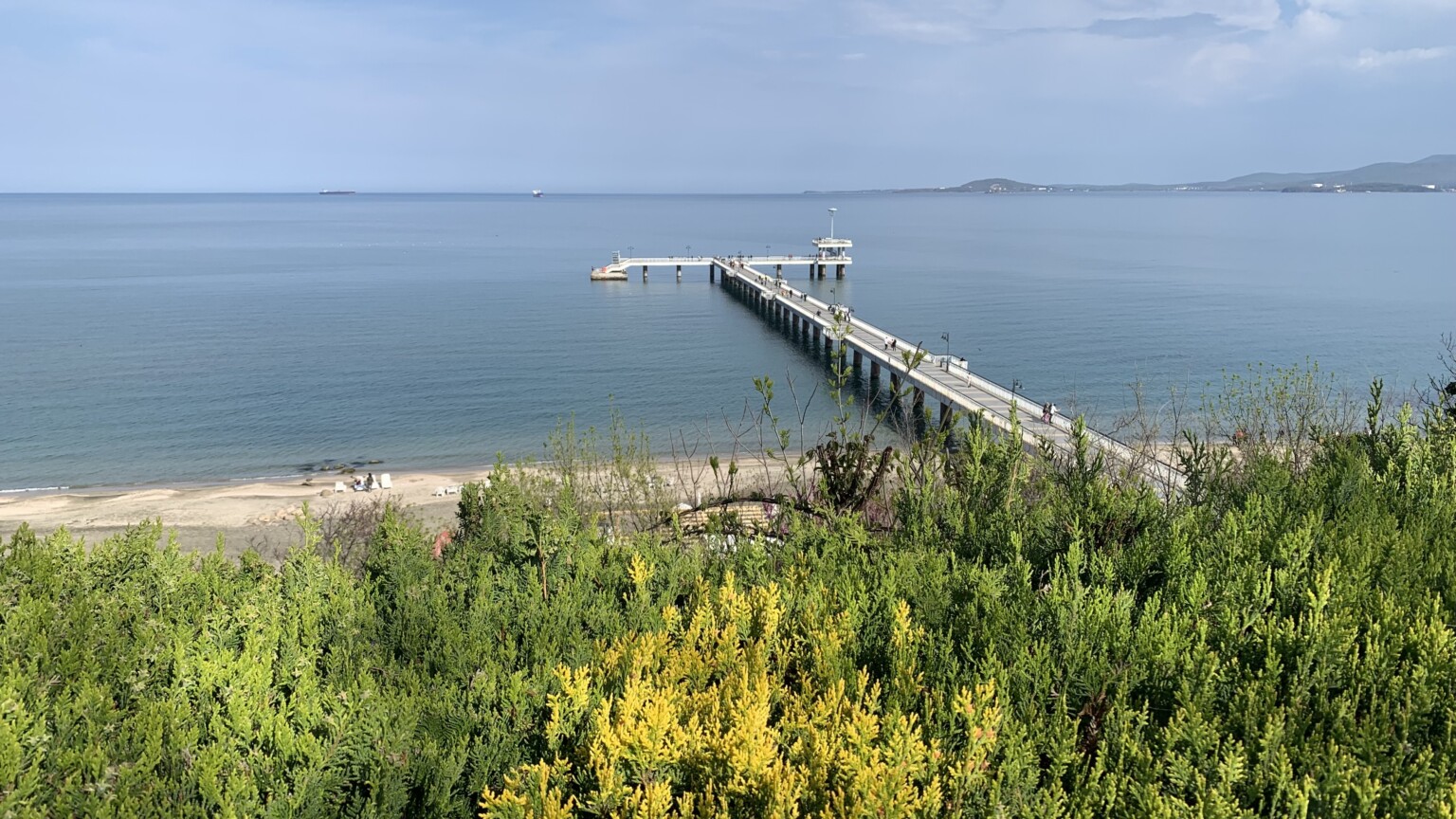
Accommondation: If there is one place I highly recommend you to stay in Burgas and use as you base, it is the hotel Vila Promenande, a small boutique luxury hotel to a very affordable price. Located with beach front view the hotel has a restaurant inside, which serve delicious food with international cuisine. The breakfast is also top-notch. The Breakfast, sauna, and parking is all included in the price and the hotel staff are very service-minded.
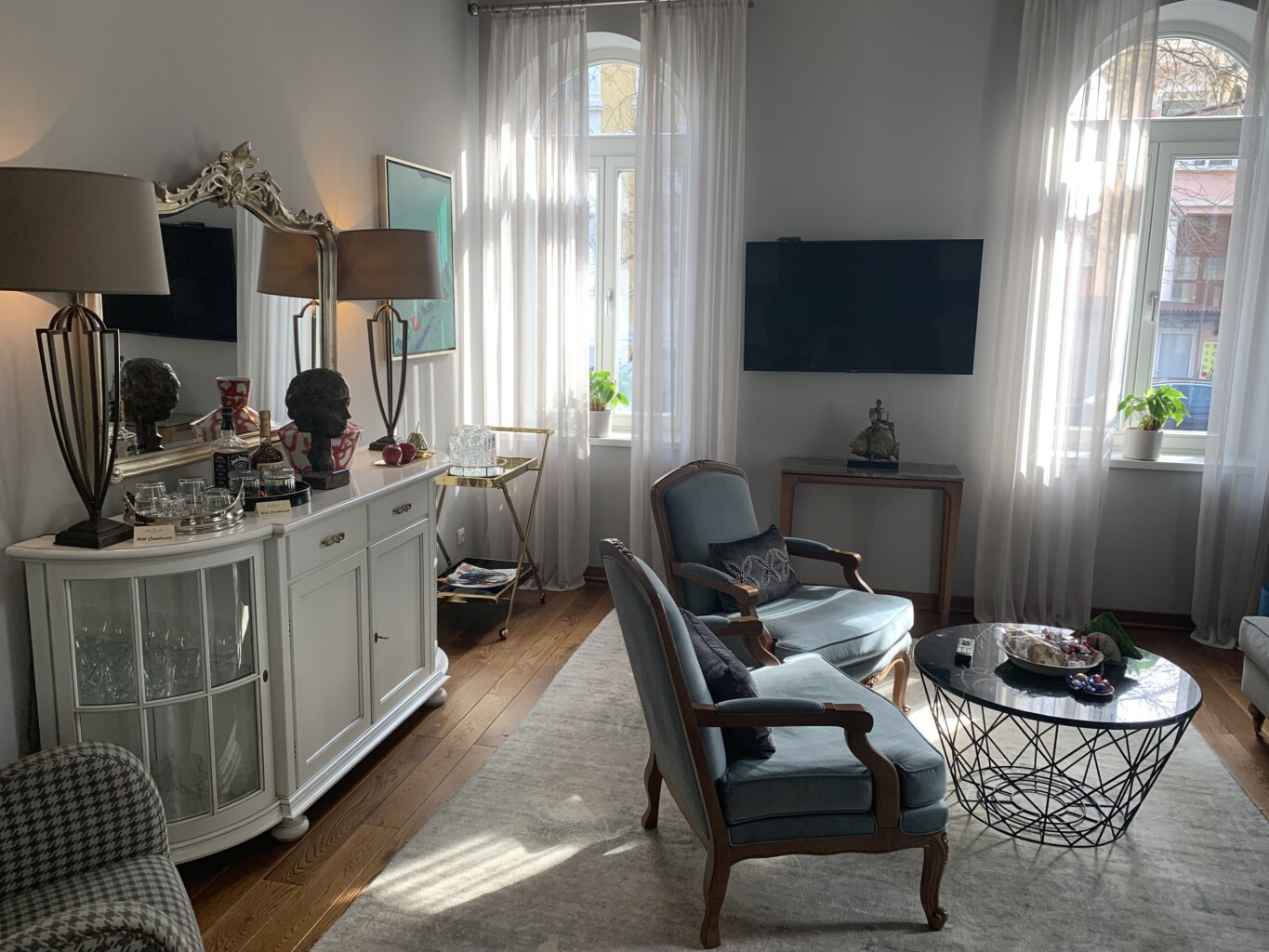
Restaurant recommendations:
Neptune located on the beach right in front of the Vila Promenade offers delicious dishes of all sort.
Dock 5: situated in the port of Burgas, lies the restaurant Dock 5, serving solid means from international cuisines.
Tony GiGi Burgas: Part of Vila Promenade on the beachfront of Burgas, serves tasty meals of all sort.

Day 6: Nessebar & Sozopol
Burgas is a great place to have as a base, when exploring the Black Coast as it offers many daytrip alternatives, and two of them are Nessebar & Sozopol. Each located only a 30 min drive from Burgas with Nessebar to the North and Sozopol to the South. Both towns are small in size and hence both are easily explored in a full day.
Nessebar
Nessebar, often referred to as the “Pearl of the Black Sea,” is a picturesque historic town located on a small peninsula in southeastern Bulgaria, only about a 30 min drive from Burgas. Renowned for its rich history dating back over 3,000 years, Nessebar is a UNESCO World Heritage site, due to its unique blend of Byzantine, Ottoman, and Bulgarian architectural styles. This ancient town is dotted with well-preserved medieval churches, quaint winding streets, and traditional wooden houses.
Sozopol
Sozopol is another small ancient town on the Bulgarian Black Sea Coast that is worth a day trip from Burgas. Its known for its old town with narrow cobblestone streets and wooden houses with a beautiful promenade along the coast line. The town is rich in history, dating back to Greek colonization, it features historical sites like the Church of St. Ivan Rilski and hosts cultural events such as the Apollonia Art and Film Festival.
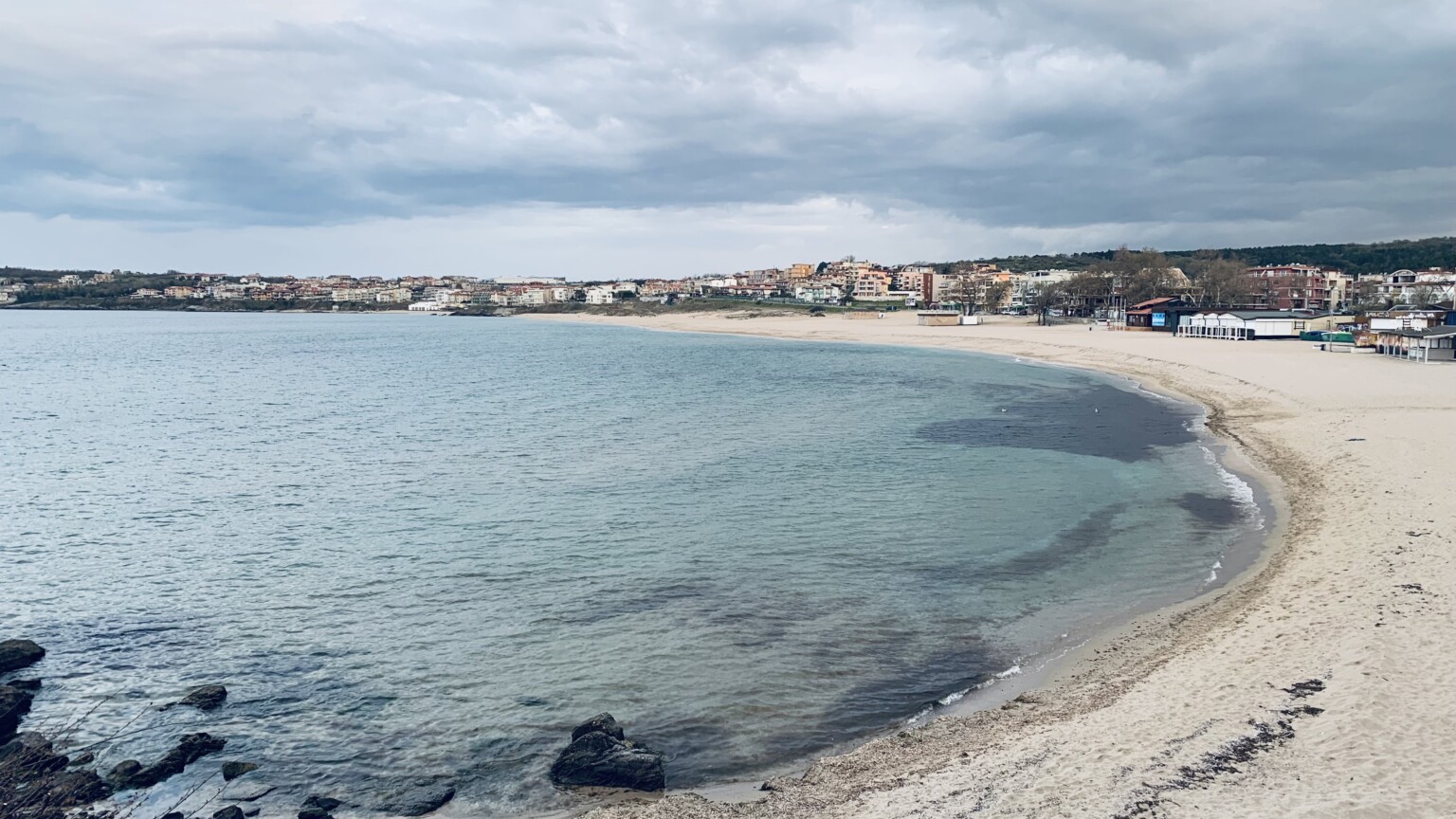
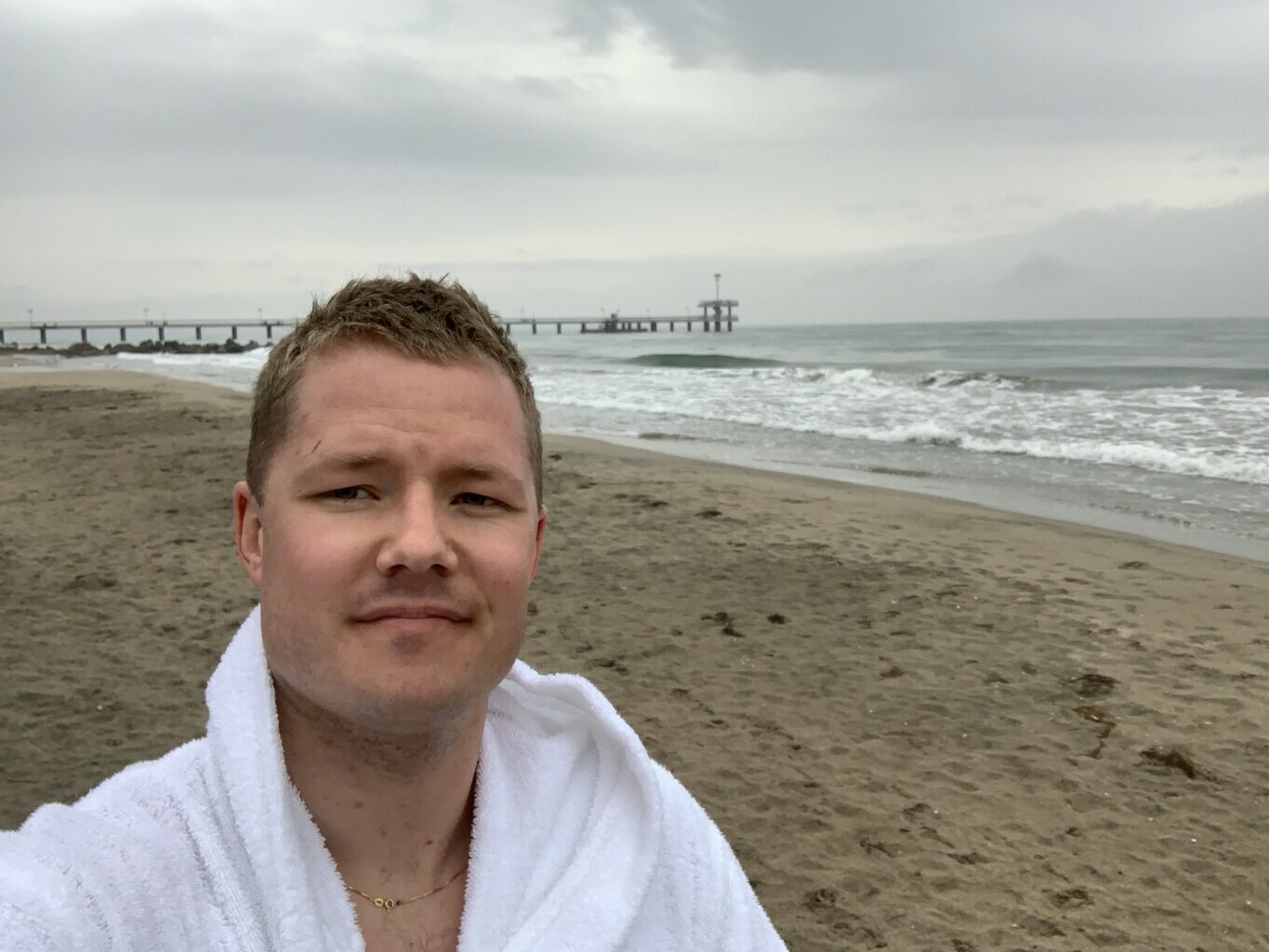
Day 7: Plovdiv and Sofia
On the seventh and final day of the 7-day itinerary, you begin to journey back to Sofia, which is a 3 h and 30 min journey in total. Start early because it includes a stop in the cultural capital of Plovdiv. See the guide for Plovdiv described under the 4-day itinerary for my recommendations of things to do in Plovdiv.
10 days in Bulgaria
If you have 10 days at your disposal and what to see all that Bulgaria offers, I recommend adding the mountain village of Bansko to your 10 day itinerary. Bansko is a picturesque mountain town, situated at the foot of the Pirin mountains. In winter this place is a great destination for top-notch skiing at a significantly lower cost than in Western Europe, while in Summer the town is perfect to use as a base for hiking and exploring the Bulgarian landscape by foot.
How to get there: Bansko is roughly a 3 hour drive from Plovdiv due to lack of highways leading to Bansko. I therefore suggest that you stay one night in Plovdiv on the 7th day before heading to Bansko on day 8.
From Bansko I recommend that you take a day trip to the Sandstone pyramids. The Sandstone Pyramids, located near Melnik in southwestern Bulgaria, are striking natural formations created by erosion over millions of years. These unique structures, made of sandstone and clay, range in shape from sharp ridges to towering cones, some reaching up to 100 meters. Their color shifts with the changing sunlight, adding to their surreal appearance. Popular with tourists and nature enthusiasts, the area around these pyramids is also known for its historical significance and the nearby town of Melnik’s rich wine culture.
Bulgarian Food and Cuisine
As in many Slavic countries that I have visited, I was impressed with the food in Bulgaria. Here are some must-try dishes and food experiences:
Banitsa: Start your day with this savory pastry filled with cheese, eggs, and sometimes spinach or minced meat, much like the Burek a popular dish in former states of Yugoslavia.
Shopska Salad: A refreshing and colorful salad made with tomatoes, cucumbers, peppers, onions, and topped with grated sirene cheese.
Kavarma: A flavorful meat stew cooked with various vegetables and spices, often enjoyed with a glass of Bulgarian wine.
Bulgarian Yogurt: Known for its exceptional taste and probiotic benefits, Bulgarian yogurt is a must-try. Pair it with honey or fresh fruit.
Rakia: Don’t forget to sample the local brandy known as rakia, a strong alcoholic drink often enjoyed as an aperitif.
Traditional Bulgarian Dinner: Seek out traditional Bulgarian taverns known as “mehanas” to savor a multi-course meal while enjoying live music and folklore performances.
Practical Tips for Travelers
To ensure a smooth and enjoyable trip to Bulgaria, here are some practical tips:
Currency: Bulgaria uses the Bulgarian Lev (BGN) as its currency. The currency is pegged to the euro and 2 BGN = 1 Euro. I would recommend that you carry some cash for small expenses, although I found credit cards to be widely accepted in major cities.
Language: English is widely spoken in tourist areas, however in certain more off beaten towns the knowledge of English can be limited. Many of the locals do also understand and speak Russian due to the similarities between Bulgarian and Russian, and overall cultural connections.
Best Time to Visit: The best time to visit Bulgaria is during the spring (April to June) and autumn (September to October). During these seasons, the weather is pleasant, and you can avoid the summer crowds.
Transportation: Bulgaria has a well-connected transportation network, including buses, trams, and a metro system in Sofia. However to get around the country efficiently it is advised to rent a car. Renting a car is both cheap and will make sure you see the most of the Bulgaria.
Safety: Bulgaria is generally a safe destination for travelers. However, like in any country, it’s essential to exercise standard safety precautions, such as safeguarding your belongings and being aware of your surroundings.
Conclusion
So there you have it! Complete guide on how to make the most of your time in Bulgaria, depending on the amount of time that you have at your disposal. Here is a quick recap of the different itinerary described:
2-day itinerary:
Day 1: Sofia
Day 2: Hike to seven Rila Lakes, Boyana Waterfall or Rila Monastery.
4-day itinerary
Day 1: Sofia
Day 2: Plovdiv
Day 3: Buzludzha Monument & Valley of Roses
Day 4: Veliko Tarnovo
7-day itinerary
Day 1: Sofia
Day 2: Hike to seven Rila Lakes, Boyana Waterfall or Rila Monastery.
Day 3: Veliko Tarnovo
Day 4: Buzludzha Monument & Valley of Roses
Day 5: Burgas
Day 6: Nessebar & Sozopol
Day 7: Plovdiv & Sofia
10-day itinerary
Day 1: Sofia
Day 2: Hike to seven Rila Lakes, Boyana Waterfall or Rila Monastery.
Day 3: Veliko Tarnovo
Day 4: Buzludzha Monument & Valley of Roses
Day 5: Burgas
Day 6: Nessebar & Sozopol
Day 7: Plovdiv
Day 8: Bansko
Day 9: Sandstone Pyramids
Day 10: Sofia
